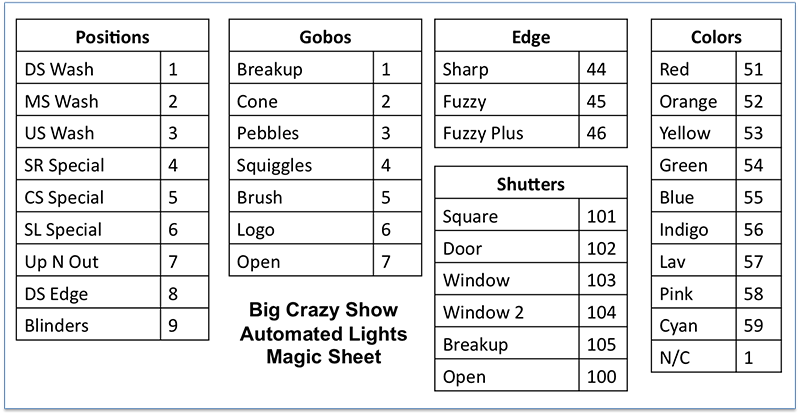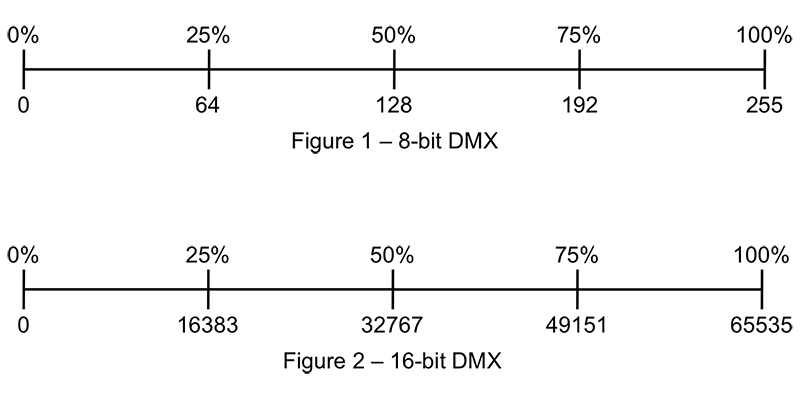It’s Simply Data Entry
Automated lighting programmers must be very skilled at programming for various types of productions and designers. In most cases, there is a great collaborative working relationship that allows the programmer to share in the creative vision along with the LD. However, there are some shows and LDs that require the programmer to simply enter data into the desk without regard to the end result on stage. In many cases this will occur in theatrical environments, but it could also occur as part of a programming session with any production. It is very important for programmers to be ready to switch to a working format that is purely data entry.

